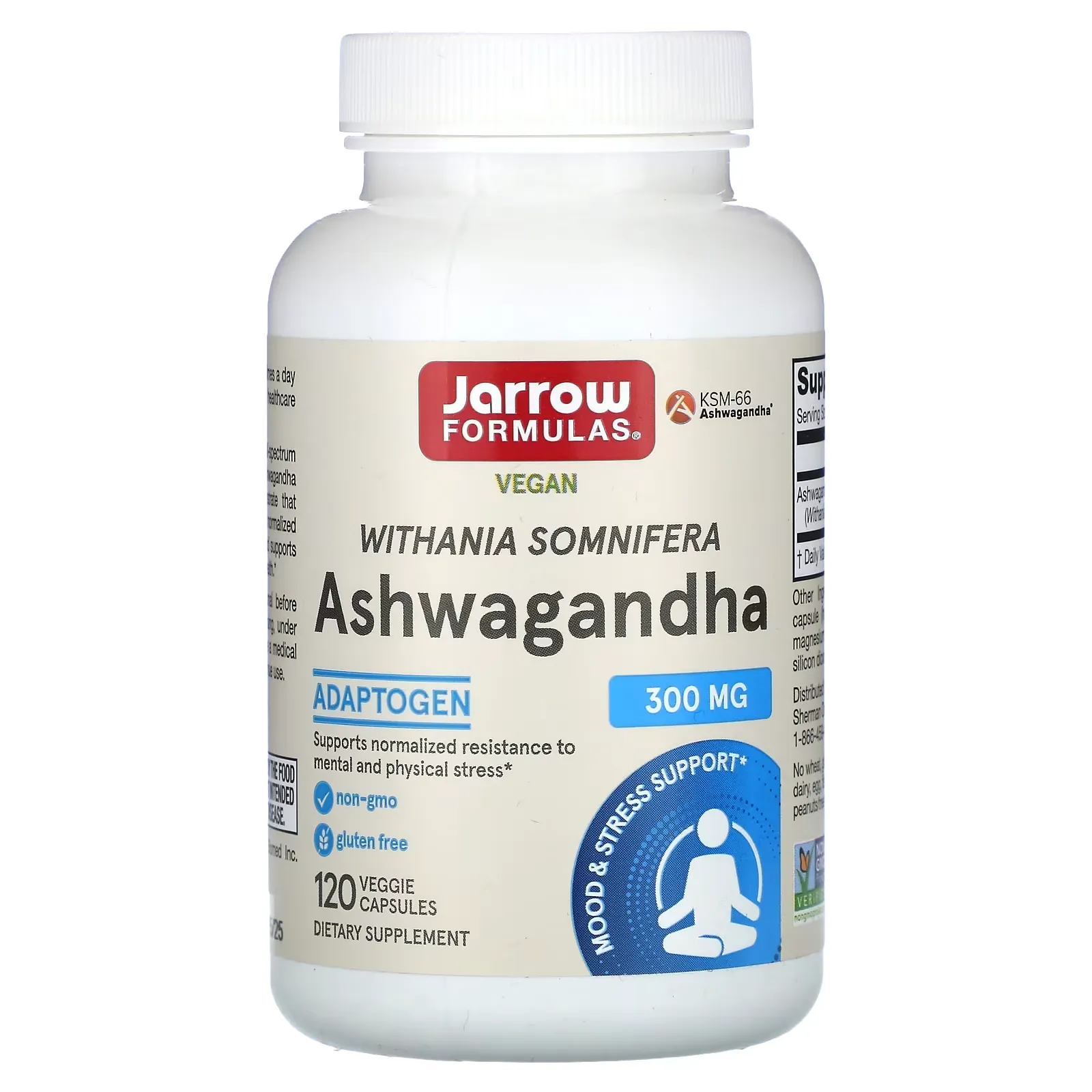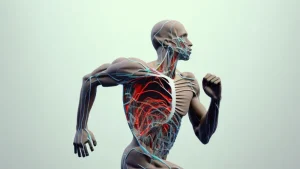Spoilers for this article
- ashwagandha (type of Indian cactus)improves exercise performance, speed, lower limbmuscle strengthand neuromuscular coordination has been shown to increase.
- Arjuna was found to increase cardiovascular endurance and decrease systolic blood pressure.
- ashwagandha (type of Indian cactus)and Arjuna together further enhanced the effect and showed improvement in most of the evaluation measures.
"I'm getting tired easily even after exercising lately..."
."muscle strengthand endurance!"
Naturally derivedsupplementto improve exercise performance."
In this issue.ashwagandha (type of Indian cactus)and Arjuna in combination withtaking medicine and certain foods together or in close proximity (which should be avoided)This is the story of
In this article,ashwagandha (type of Indian cactus)and how Arjuna affects exercise performance and cardiorespiratory endurance.I will do so.
If,ashwagandha (type of Indian cactus)If you are considering using Arjuna in combination with Arjuna or are concerned about the effectiveness of either, you may find this article helpful. Please take a look at it for reference.
What is ashwagandha in the first place?

ashwagandha (type of Indian cactus)(scientific name: Withania somnifera Dunal) has been used for thousands of years in Ayurveda, the traditional medicine of India, to treat both physical and mental health problems.stressThe herb has been used as an effective medicine, tonic, and even aphrodisiac.
Nowadays, the effectiveness of these products has been proven by modern science through various clinical studies, and they are attracting attention.
The fruit is an evergreen shrub of the eggplant family. The name comes from the horse's (ashwa) smell (ganda).
Some say it is named after the robust vigor of horses.
▼Recommended Articles

Basic information about the paper
The basic information for this paper is as follows
The paper presented in this issue ofEffects of Withania somnifera (Ashwagandha) and Terminalia arjuna (Arjuna) on physical performance and cardiopulmonary endurance in healthy young adults(Japanese translation)".

| (data) item | Contents |
|---|---|
| Title. | Effects of Withania somnifera (Ashwagandha) and Terminalia arjuna (Arjuna) on physical performance and cardiorespiratory endurance in healthy young adults |
| author (usu. of a particular book, etc.) | Jaspal Singh Sandhu, Biren Shah, Shweta Shenoy, Suresh Chauhan, G S Lavekar, M M Padhi |
| Magazines | International Journal of Ayurveda Research |
| Year of Publication | 2010 |
Introduction.
Ashwagandha and Arjuna Overview:.
ashwagandha (type of Indian cactus)(Withania somnifera) is a plant used in traditional Ayurvedic medicine, especially in India.
Arjuna (Terminalia arjuna) is likewise a plant used in Ayurvedic medicine, particularly for its heart-related effects.
- Ayurveda (traditional system of medicine practiced in India)
-
Traditional medicine originated in ancient India.
The emphasis is on harnessing the power of nature to treat health and disease.
We use lifestyle, diet, and herbs to help people achieve a healthy balance between body and mind.
- Arjuna (member of India's untouchable caste)
-
A tree native to India.
Its bark is believed to support cardiovascular health.
In particular, it is believed to help regulate blood pressure, prevent arteriosclerosis, and reduce the risk of heart disease, which is why Ayurveda and herbalsupplementIt is used as a
Benefits to Heart Disease in Traditional Medicine:.
ashwagandha (type of Indian cactus)is classified as rasayana, which promotes health and longevity,Beneficial for heart diseaseIt is considered to be a
- Rasayana.
-
An important concept in Ayurvedic medicine.Health promotion methods to maintain and restore youth and vitalityrefers to the
This includes proper diet and lifestyle changes, as well as treatment with specific herbs.
Rasayana is,antioxidant action, ,anti-inflammatoryaction, antistressaction and other benefits that help improve overall health and longevity.
Arjuna, on the other hand, isMainly heart disease, coronary artery disease, heart failure, hypercholesterolemia, angina pectoris, etc.It is known to be useful for coronary artery disease, hypertension, and ischemic cardiomyopathy.
The familiar "Let's use science to prove the efficacy of traditional medicine!"
Purpose of the Study
The purpose of this study is to,ashwagandha (type of Indian cactus)and Arjuna to assess how they affect exercise performance in young adults.It is.
Specific evaluation items are as follows
Assessment Items for Exercise Performance
- Maximum speed
- Average absolute and relative power
- Ability to maintain body stability and postural control
- Maximum oxygen consumption (VO2 max)
- blood pressure
The above indicators are used to investigate the effect of each plant component on athletic performance.
- Average absolute and relative power
-
What is average absolute power?muscle strengthDemonstrated during training and exercisemuscleIt is an indicator of the average value of the power of the
Meanwhile, the average relative power is,muscle strengthnormalized for body weight to account for differences due to individual weight.muscle strengthThis indicator is used to evaluate the
This allows people of different weights tomuscle strengthto make a fair comparison.
- Maximum oxygen consumption (VO2 max)
-
A measure of the maximum capacity of the body to consume oxygen during exercise.
This is considered a good indication of cardiopulmonary function and endurance.
VO2 max is generally expressed in terms of oxygen consumption per milliliter (ml/kg/min).
People with high VO2 max can use oxygen more efficiently during exercise and can sustain more intense exercise for longer periods of time.
Research Methods
The following information on research methods is presented here.
Research Methods
- Selection of Participants
- Extract Dosing Details
Selection of Participants
For research,40 healthy adults(mixed gender, mean age 20.6 ± 2.5 years, mean BMI 21.9 ± 2.2).
The above people have given written consent and have been approved by the Ethics Committee.
Extract Dosing Details
Extracts were administered to each participant according to the table below.
| experimental group | Dosed.essence | Number of participants | dose | Period |
|---|---|---|---|---|
| ashwagandha (type of Indian cactus)group | ashwagandha (type of Indian cactus)Standardized roots ofessence | 10 | 500 mg/day | 8 weeks |
| Arjuna Group | Standardized bark of Arjunaessence | 10 | 500 mg/day | 8 weeks |
| Combination group | Both plantsessence | 10 | 500 mg/day | 8 weeks |
| control group | Placebo (with flour)capsule) | 10 | 500 mg/day | 8 weeks |
findings
The following information on the results of the study is presented in the following sections.
findings
- ashwagandha (type of Indian cactus)Effects of single ingestion
- Effects of taking Arjuna alone
- ashwagandha (type of Indian cactus)Effects of Arjuna in combination with
Effects of taking ashwagandha alone
In the study results,ashwagandha (type of Indian cactus)The following effects were obtained from the ingestion of
Effects of taking ashwagandha alone
- Increased speed
- Increased Power
- Increased maximum oxygen consumption (VO2 max)
A familiar result on this site.
Effects of taking Arjuna alone
On the other hand, the group that took Arjuna alone showed the following effects
Effects of taking Arjuna alone
- Increased maximum oxygen consumption (VO2 max)
- Decrease in systolic blood pressure at rest
The improvement in maximum oxygen consumption (VO2 max) isashwagandha (type of Indian cactus)I see that this is a duplication of the above.
Effects of Combined Use of Ashwagandha and Arjuna
ashwagandha (type of Indian cactus)and Arjuna together,Improved in all parameters except balance and diastolic blood pressurewere seen.
It seems as if you could get the best of both worlds with these two herbs.
Conclusion: Benefits of Ashwagandha and Arjuna and How to Take Them Properly
In this study, we found the following
- ashwagandha (type of Indian cactus):
Beneficial for general fatigue and malaise, speed and lower extremitiesmuscle strengthand may improve neuromuscular coordination. - Arjuna:.
It may improve cardiovascular endurance and lower systolic blood pressure. - Safety and appropriate dose and duration for young adults:.
In this study,ashwagandha (type of Indian cactus)and Arjuna are safe for young adults and are recommended to be taken at the appropriate dose (500 mg daily) and duration (8 weeks).
summary
How was it? I would like to conclude by summarizing the contents of this article.
Summary of this article
- ashwagandha (type of Indian cactus)improves exercise performance, speed, lower limbmuscle strengthand neuromuscular coordination has been shown to increase.
- Arjuna was found to increase cardiovascular endurance and decrease systolic blood pressure.
- ashwagandha (type of Indian cactus)and Arjuna together further enhanced the effect and showed improvement in most of the evaluation measures.
ashwagandha (type of Indian cactus)alone is sufficient to have an effect on exercise performance,Synergistic effect occurs when taken in conjunction with ArjunaI hope this article has conveyed to you what we do.
To improve the effectiveness of exercise performanceashwagandha (type of Indian cactus)If you are considering or already taking Arjuna, please consider taking it in conjunction with Arjuna.
That's all for this article. Thank you for reading to the end.
Disclaimer
This site is primarily intended toashwagandha (type of Indian cactus)to provide information about the results of the study and not to provide medical advice.
It is not intended to diagnose, treat, or prevent any specific disease or condition.
Always follow professional advice when using the information on this site.
We also cannot be held responsible for any loss or damage that you may suffer as a result of acting on the basis of the information on this site.
Use of AI in Content Generation
This website uses AI-based automatic generation for some content.
The information generated by this automatic generation is checked against actual references and articles, and great care is taken to ensure accuracy and reliability.
It is also intended to enhance the transparency and credibility of this site by appropriately disclosing content created through automatic generation.
We believe that this site can provide richer and more useful content through automation and AI-based content creation, which will enable us to provide information more quickly and accurately.




